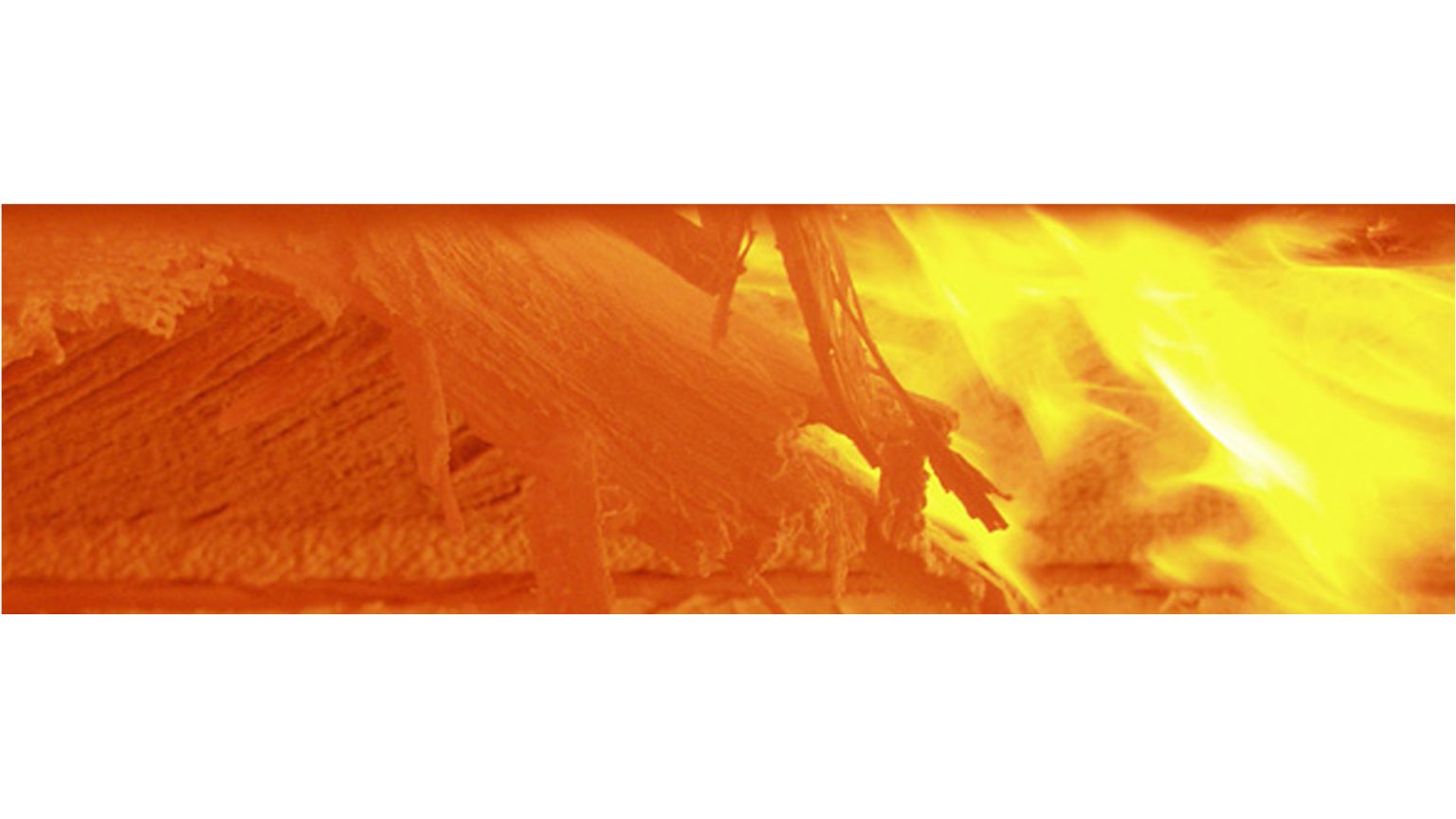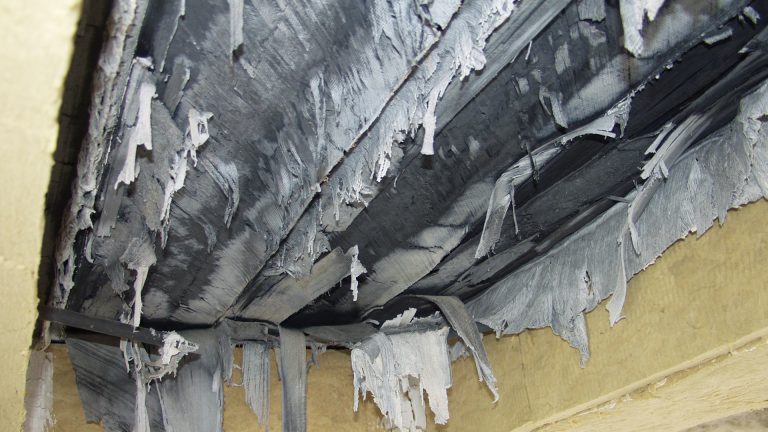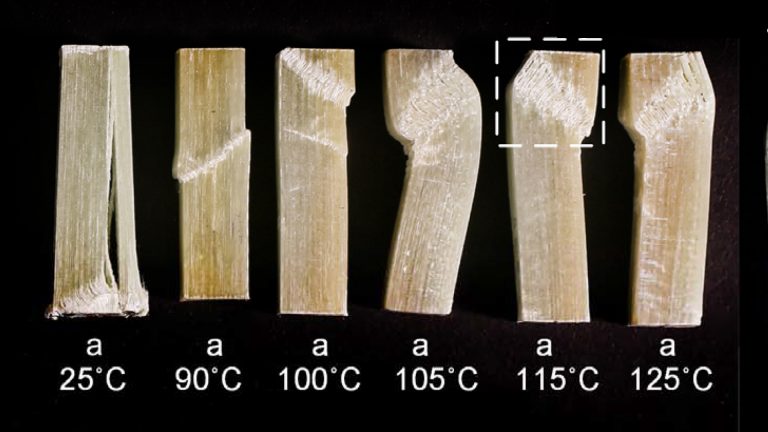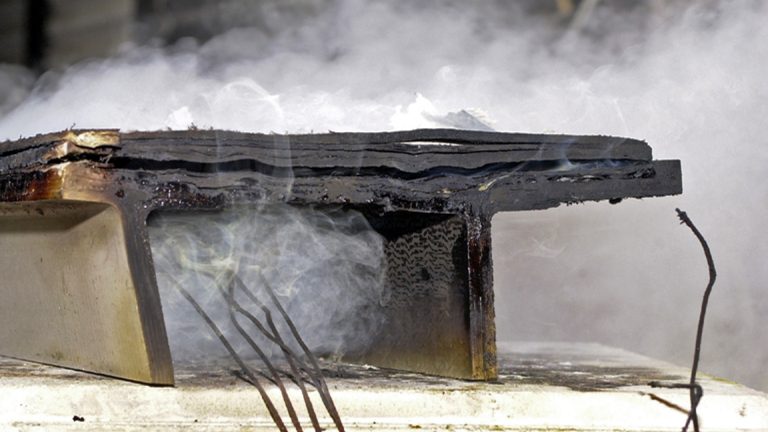Fire endurance
Although fire is an accidental action, it has to be taken into account in the design of bridges and buildings and should not lead to structural collapse. Bridge fires, although considered as low probability incidents, may have significant economic consequences due to repairs and traffic detours. With regard to buildings, the fire scenario in closed rooms is far more critical than outdoors where heat can easily escape.In the case of fiber-reinforced polymer (FRP) composites, it is crucial to understand the thermophysical and thermomechanical material behavior since the polymer matrix is sensitive to high temperatures and combustible. Structural components exposed to compression loading may already fail at elevated temperatures well below the high temperatures occurring in the event of fire, i.e. as the glass transition temperature of the polymer is approached.


Thermophysical and thermomechanical modeling
– Temperature-/time-dependent thermophysical/thermomechanical properties
– Thermomechanical structural responses (deformations, resistances)
– Post-fire mechanical properties and structural responses

Compression loading
– Effect of elevated temperature on failure mode (buckling, kinking)
– Experimental determination and modeling of glass transition temperature
– Time-temperature superposition principles

Fire protection
– Water-cooling systems
– Protective layers and coatings
– Design guidance